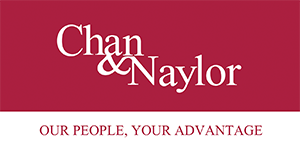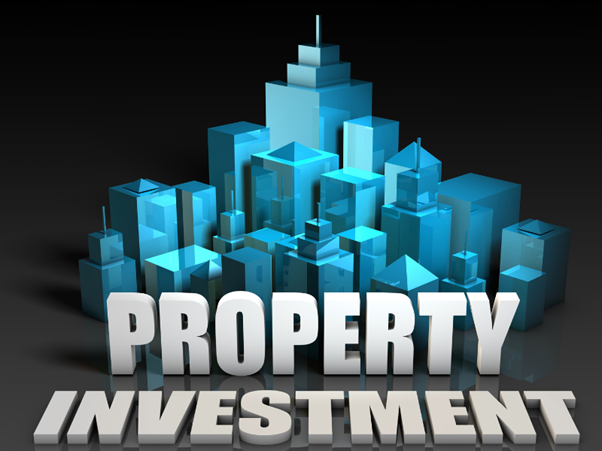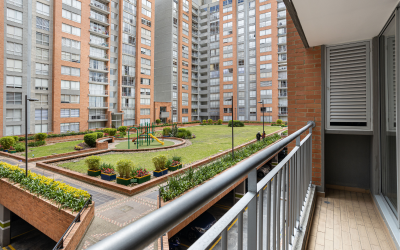As we bid farewell to a challenging 2022 and step into the new year, it appears that difficulties may persist for some time to come. But amidst the struggles, there are opportunities to be found. For example, the rise in interest rates has led to a decrease in property values and a corresponding increase in rents, offering potential investment opportunities for those who are financially prepared.
Investing in property may come with a higher cost of borrowings, but this can be offset by the lower cost of the property and increased rental income. To make the most of these opportunities, it is important to understand the reasons for investing in property and the processes involved.
This article aims to provide a general understanding of the logic behind property investment and offer practical insights into the process. For a more comprehensive understanding, it is recommended to consult a knowledgeable property accountant who can assess your situation from a holistic perspective.
LEVERAGING FOR SUCCESS IN PROPERTY INVESTING: SIZE IS KEY
Achieving significant wealth creation requires having size and scale in your investments. To demonstrate this, consider an investment of $200,000 at a 5% return rate, which would yield $10,000. By leveraging your funds to increase the size of your investment to $1,000,000, you can achieve the same $10,000 return with just a 1% return rate. The goal is to find an asset that allows for maximum leverage to obtain size and a favorable return on investment.
With limited funds to invest, leveraging is a practical way to achieve the desired size in property investments. Leveraging involves borrowing funds to purchase more property, using the property as collateral. However, the lender will only lend a certain percentage, requiring the investor to have a cash deposit or property equity, typically around 20%.
Here’s a simple example of how leveraged property investments work, including the costs involved and what is required for success and wealth creation through size. For simplicity, the variables are assumed to remain constant year after year, and the loan is interest-only.
| Property Purchase Price | $1,000,000 |
| Leverage | 80% or borrowed $800,000 |
| Deposit or Equity | $200,000 |
| Cash Flow | ||
| Gross rent @ 3% | $30,000 | $30,000 |
| Outgoing @ 1.2% | $12,000 | $12,000 |
| Loan interest only @ 4% | $32,000 | $32,000 |
| Depreciation @ .5% | $5,000 | |
| Loss | $19,000 | $14,000 |
| Negative gearing assumes personal tax rate of 32% | $6,080 | |
| Cash Flow shortfall or holding cost | $7,920 |
So why property and not other assets such as shares.
The emphasis is to obtain size through leverage so the asset chosen has to be adaptable and practical to this process, in terms of costs attributable and reasonable probability of good returns. lenders regard property as a much more secure asset then most other assets and therefore are more inclined to lend or leverage a larger percentage (to enable more size), at a lower interest rate (so as to lower costs of holding) and over a longer period of time (to allow for capital growth).
Wealth is created if the property value grows more than the cash flow cost of holding on to the property. Therefore, prioritize a property that has strong potential capital growth and minimize the cost of holding. In general, historically property has a good growth rate. Where capital growth is concerned, then size is critical as the capital growth is on the whole property, not only on the equity owned part of the property but also on the leveraged amount. In other words, the growth will be on $1 million and not on the $200 thousand from the above example. The cost of holding this property per annum is around $7,920 or .792 of 1 percent. That is your breakeven point. Your property has to grow by at least $7,920 yearly or .792% to begin to increase wealth. Question if this is reasonable and can the holding cost be serviced annually. Take the scenario where in ten years the capital growth is 50%, that is $500,000. Your costs or amount invested is the initial deposit of $200,000 plus 10 years of servicing of $79,200 for a total of $279,200. The result is a profit of $221,000, a 79.21% return over 10 years. Obviously, the figures such as rent, interest rates, marginal tax rates, breakeven point etc. will change but understanding the process will guide you.
Note that investing via leverage to access size for bigger returns generally means no cash inflow or income. As the leverage has a cost it most likely means cash out flow. Your returns are reflected in capital growth for future cash flow. This implies, investing in property this way is a long-term proposition as you are waiting for capital growth and building your balance sheet. Engage a good property accountant to structure ownership to minimize your tax paid if you eventually sell and to minimize the holding costs such as negative gearing and depreciation against your other income, and capital gains 50% discount if you eventually sell.
All investments have risk. For example, unable to fund the serviceability or if the value of the property drops drastically. Understanding this process should give some context to the risk and probabilities. For example, calculate realistic estimates to determine the holding costs and whether it is reasonable the capital growth will surpass the holding cost. In our illustration, will the property grow at least by more than .792% per annum, in other words less than 1% and is this a reasonable expectation. Don’t over commit and make sure you have a buffer in your serviceability and are able to fund for a long period.
In summary, why property? Because in wealth creation size and scale is required. To obtain more size and scale, leverage is applied. Property is most adaptable to the process. Compared to other investments the leverage is larger for more size, the interest rate is lower to minimize holding costs and the loan is for a longer period of time to allow for capital growth. For many it is also practical in that it isn’t as involved or a highly technical investment as in the share market. The most important aspect is the serviceability of the holding cost is manageable and relatively stable, and the probability of making a profit is reasonable as the value of property only has to grow above the cost of holding and history shows property has good capital growth.






